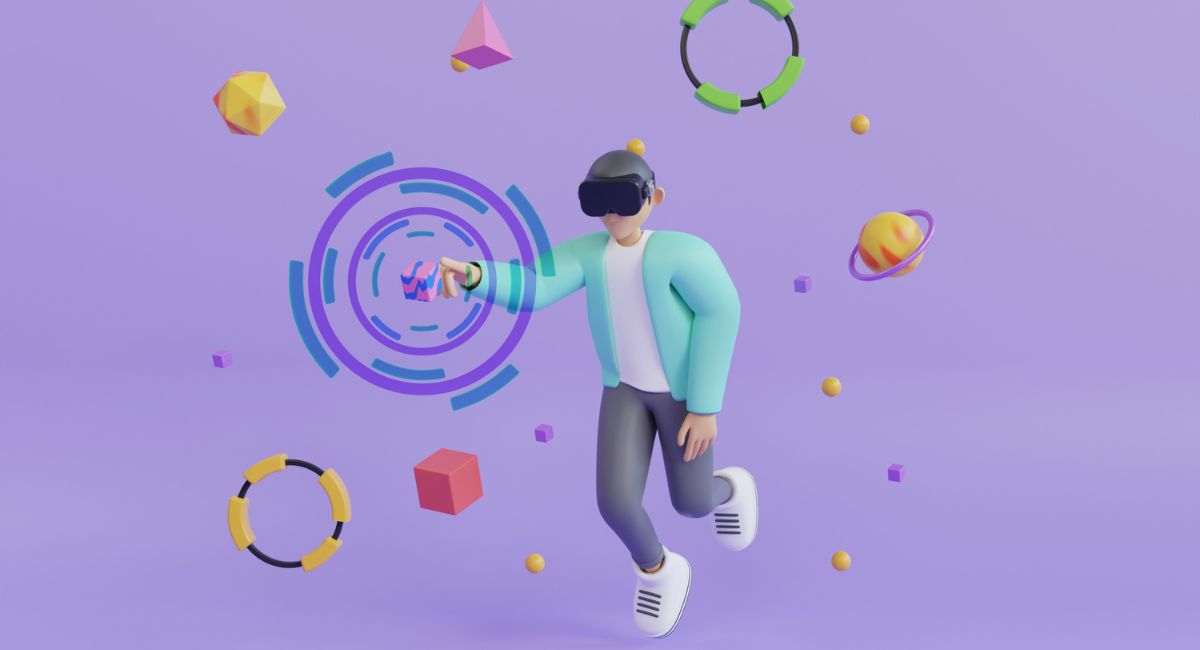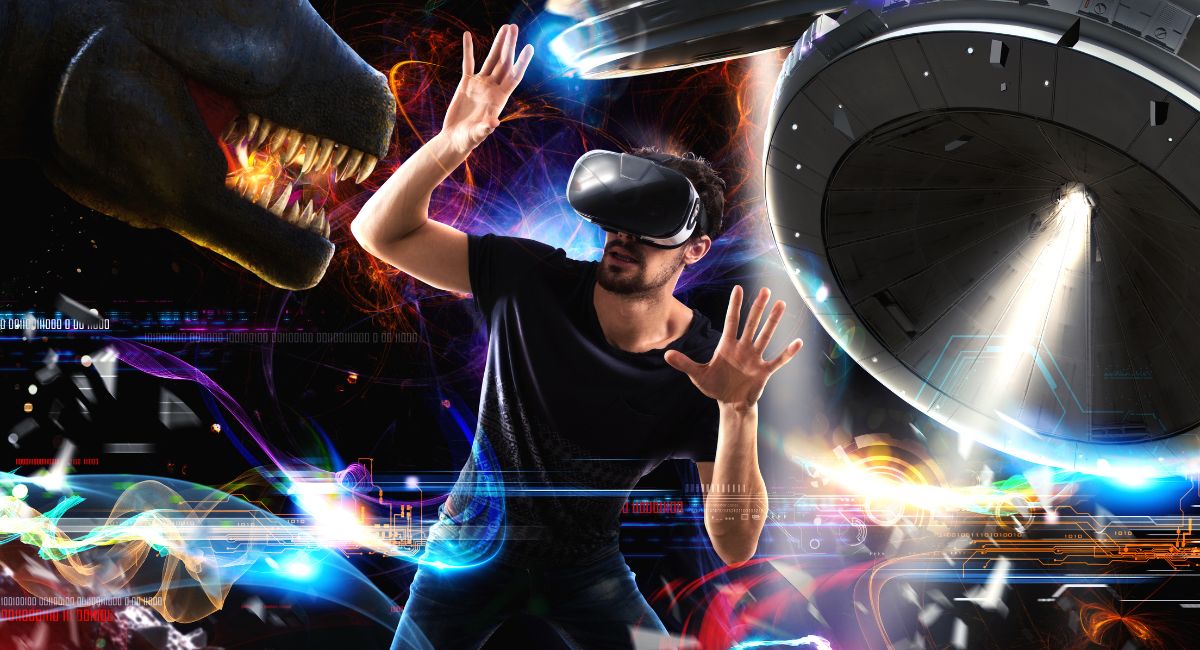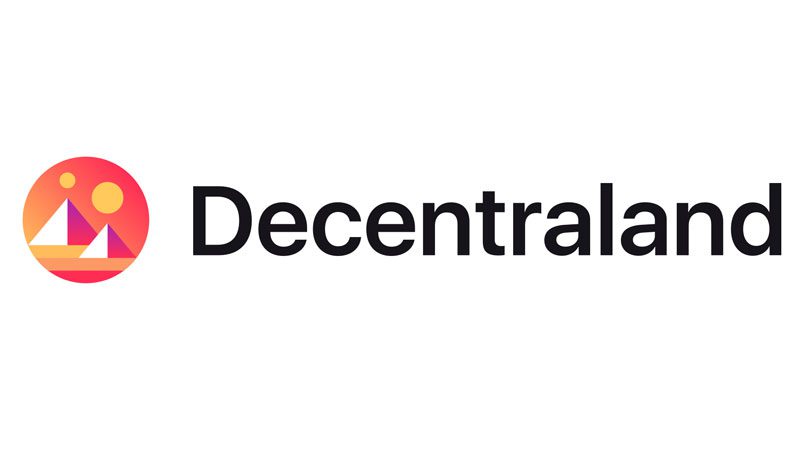Your Ultimate Guide To NFT-Integrated Metaverse Gaming Landscape

The convergence of NFTs (Non-Fungible Tokens) and metaverse gaming has ushered in a new era of digital experiences and ownership. This fusion of technologies has transformed the way we play games, trade assets, and interact with virtual worlds. In this comprehensive guide, we’ll explore the NFT-integrated metaverse gaming landscape, from what NFTs are to how they’re revolutionizing the gaming industry.
What Are NFTs?

NFTs are digital tokens that represent ownership of unique digital or physical items, often stored on a blockchain. Unlike cryptocurrencies such as Bitcoin or Ethereum, which are fungible and can be exchanged on a one-to-one basis, NFTs are non-fungible, meaning each one is distinct and irreplaceable. NFTs have gained immense popularity for their ability to represent ownership of digital art, collectibles, virtual real estate, and in-game assets.
The Metaverse and Gaming

The metaverse is a virtual, interconnected universe comprising multiple digital worlds and spaces where users can interact, socialize, and engage in various activities. Metaverse gaming is a significant component of this virtual realm, where players immerse themselves in rich, interactive environments. NFTs have found a natural home in the metaverse gaming landscape, offering unique benefits:
1. True Ownership: NFTs grant players true ownership of in-game assets, allowing them to buy, sell, and trade these items across different virtual worlds and marketplaces.
2. Interoperability: NFTs can be used seamlessly across various metaverse games, providing interoperability of assets and enhancing the gaming experience.
3. Scarcity and Rarity: NFTs can represent rare and unique in-game items, creating scarcity and rarity that drives value and excitement for players.
4. User-Generated Content: Players can create and sell their own NFT-based content within metaverse games, such as skins, avatars, or virtual real estate.
5. Monetization Opportunities: NFTs enable players to monetize their gaming skills and assets by selling them to other players or collectors.
Also, read – NFTs In The Metaverse: Top 10 NFTs Are Becoming Very Important Part Of Metaverse
Key Players in NFT-Integrated Metaverse Gaming

Several key players are shaping the NFT-integrated metaverse gaming landscape:
1. Decentraland: Decentraland is a blockchain-based virtual world where users can purchase, develop, and sell virtual real estate represented by NFTs. It hosts a range of gaming experiences, events, and social interactions.
2. The Sandbox: The Sandbox is a user-generated gaming platform that uses NFTs to represent in-game assets. Players can create and monetize their games, items, and experiences within the metaverse.
3. Axie Infinity: Axie Infinity is a blockchain-based game where players collect, breed, and battle fantasy creatures known as Axies. These creatures are NFTs, and players can trade them on various marketplaces.
4. CryptoKitties: One of the earliest NFT games, CryptoKitties allows players to collect, breed, and trade virtual cats. Each CryptoKitty is represented as an NFT on the Ethereum blockchain.
5. MegaCryptoPolis: MegaCryptoPolis is a city-building strategy game where players own, develop, and trade virtual properties. These properties are NFTs representing unique assets in the game.
Global Crypto Fighting Club🥊$CAT the future of gaming and combat in the Metaverse:
– Developed by Imperium Games studio with 30M+ combat gaming downloads
– Backed by the cinematic studio of #Witcher3, #StarWarsRebellion, #Battlefield3, #MadMax
– No more pay-to-win gimmicks!… pic.twitter.com/wpzixNqlsh— Cyber Arena AR/VR (@CyberArena_NFT) September 18, 2023
The Future of NFT-Integrated Metaverse Gaming

The future of NFT-integrated metaverse gaming is rich with possibilities and innovations:
1. Expanded Interoperability: Interoperability will become even more pronounced, allowing players to seamlessly transfer assets and characters across different metaverse games and platforms. This will create a truly connected metaverse where your virtual identity spans multiple universes.
2. Immersive Experiences: Advancements in virtual reality (VR) and augmented reality (AR) technologies will elevate the immersive quality of metaverse gaming. Players will experience digital worlds with unprecedented realism, blurring the lines between virtual and physical reality.
3. User-Generated Metaverses: Players will increasingly contribute to the creation of metaverse worlds. User-generated content will flourish, enabling players to design entire virtual landscapes, buildings, and experiences. These metaverse spaces will be as diverse and imaginative as the people who build them.
4. Blockchain Integration: Blockchain technology will continue to underpin metaverse gaming, providing security, transparency, and decentralized ownership. Smart contracts will govern in-game economies, ensuring fairness and trust.
5. E-Sports and Tournaments: Competitive gaming within the metaverse will gain prominence, with e-sports events and tournaments attracting massive audiences and offering substantial rewards. Spectators will watch these events within the metaverse, blurring the lines between gaming and entertainment.
6. Digital Asset Investment: NFTs representing rare in-game items or virtual real estate will become attractive investments. Players and collectors will actively trade these assets, further establishing them as valuable digital commodities.
7. Education and Training: The metaverse will serve as a space for education and training. Virtual classrooms, immersive simulations, and skill-building experiences will redefine how we learn and acquire expertise.
8. Mainstream Adoption: As metaverse gaming becomes more user-friendly and accessible, it will attract a broader audience, including individuals who are not traditional gamers. Businesses will also recognize the potential of the metaverse for marketing, events, and customer engagement.
WEB3 gaming is trending, but are investments going to follow?
Apparently not.
VCs are avoiding investing in NFT gaming due to the failure of metaverse and gaming investments in 2021-2022. It doesn’t make sense for VCs to invest in a game until it can prove that there are end…
— Esteemed (🌊,🌘) (@esteemednfts) September 19, 2023
How is NFT-integrated metaverse gaming different from other digital asset gaming?
NFT-integrated metaverse gaming represents a significant evolution in the gaming industry, introducing novel concepts and mechanics that differentiate it from other forms of digital asset gaming. Here’s an in-depth exploration of how NFT-integrated metaverse gaming stands out from traditional digital asset gaming:
**1. Ownership and Scarcity: One of the primary distinctions in NFT-integrated metaverse gaming is the concept of ownership and scarcity. Non-Fungible Tokens (NFTs) represent unique and indivisible in-game assets, giving players true ownership. Unlike traditional digital assets that can be replicated endlessly, NFTs provide a sense of exclusivity and scarcity, enhancing the value and uniqueness of in-game items.
**2. Interoperability Across Games: NFTs in metaverse gaming are designed to be interoperable across different games and virtual worlds. Players can carry their NFT-based items, characters, or achievements from one game to another within the same metaverse ecosystem. This interoperability fosters a seamless gaming experience and enables players to build a persistent digital identity across multiple virtual environments.
**3. User-Generated Content and Creativity: NFT-integrated metaverse gaming encourages user-generated content and creativity. Players can create, own, and trade NFTs representing their custom-designed in-game items, characters, or virtual real estate. This participatory element allows players to contribute to the virtual world’s evolution and monetize their creative endeavors within the metaverse.
**4. Decentralized Economies and Player-driven Markets: Metaverse gaming with NFT integration often features decentralized economies. Players can buy, sell, and trade in-game assets directly on blockchain-powered marketplaces. This player-driven market dynamic empowers the gaming community, allowing them to determine the value of virtual items and participate in the virtual economy.
**5. Blockchain Security and Authenticity: NFT-integrated metaverse gaming leverages blockchain technology to secure and authenticate in-game assets. The decentralized and tamper-proof nature of blockchain ensures the integrity of ownership records, preventing fraud or unauthorized duplication of NFTs. This level of security is a marked improvement over traditional digital asset systems.
**6. Tokenomics and Incentive Structures: Metaverse gaming introduces tokenomics, where in-game tokens often have real-world value. Players can earn, trade, and utilize these tokens within the virtual ecosystem. Tokenomics creates incentive structures for player engagement, as players are rewarded for their participation, achievements, and contributions to the metaverse.
**7. Provably Rare and Authentic Items: NFTs in metaverse gaming are often provably rare, meaning their scarcity is transparently verifiable on the blockchain. This provable rarity adds an additional layer of authenticity and value to in-game items. Players can easily confirm the rarity of their possessions, contributing to a more transparent and fair virtual economy.
**8. Real-world Asset Integration: Some NFT-integrated metaverse games go beyond virtual assets and integrate real-world assets into the gaming experience. This could include tokenized representations of physical objects, properties, or even experiences. This seamless integration of virtual and real-world assets enhances the immersive nature of metaverse gaming.
**9. Community Governance and Decision-making: NFT-integrated metaverse gaming often includes community governance mechanisms. Players may have a say in the development roadmap, feature implementations, and rule changes within the virtual world. This decentralized governance model empowers the gaming community and fosters a sense of collective ownership.
**10. Dynamic and Evolving Game Economies: Unlike traditional digital asset gaming, where the game developer has full control over the virtual economy, NFT-integrated metaverse gaming economies are dynamic and player-driven. Changes in supply and demand for in-game assets directly impact the virtual economy, creating a living, evolving ecosystem.
**11. Cross-industry Collaborations: The integration of NFTs in metaverse gaming has paved the way for cross-industry collaborations. Artists, musicians, and brands can collaborate with game developers to create limited-edition NFTs, enhancing the in-game experience with exclusive content and fostering a vibrant ecosystem of diverse collaborations.
**12. Rise of Play-to-Earn Models: NFT-integrated metaverse gaming has given rise to play-to-earn models. Players can earn real-world value by actively participating in the virtual world, whether through trading in-game assets, completing quests, or contributing to the community. This shift in economic models adds a new dimension to the gaming experience.
NFT-integrated metaverse gaming represents a groundbreaking paradigm shift in the gaming industry, introducing true ownership, interoperability, creativity, and decentralized economies. The fusion of blockchain technology with gaming not only enhances the gaming experience but also creates new economic opportunities for players. As the metaverse continues to evolve, NFT integration is likely to redefine how gamers engage with virtual worlds, fostering a more inclusive, participatory, and dynamic gaming ecosystem.
Conclusion
The fusion of NFTs and metaverse gaming is propelling the digital world into an era of unprecedented creativity, ownership, and connectivity. NFTs have revolutionized the way we perceive and interact with in-game assets, offering players true ownership, interoperability, and the ability to monetize their gaming experiences. Key players in NFT-integrated metaverse gaming like Decentraland, The Sandbox, Axie Infinity, CryptoKitties, and MegaCryptoPolis are already shaping the landscape, while the future promises expanded interoperability, immersive experiences, and mainstream adoption.
The NFT-integrated metaverse gaming landscape is not just a trend; it represents a paradigm shift in how we engage with digital environments. As these virtual worlds continue to expand and evolve, the integration of NFTs will remain at the forefront, providing gamers and creators with exciting new opportunities and pushing the boundaries of digital entertainment. As we journey further into this dynamic realm, it’s clear that the future holds boundless possibilities for those willing to explore and create within the NFT-integrated metaverse gaming landscape.



























































